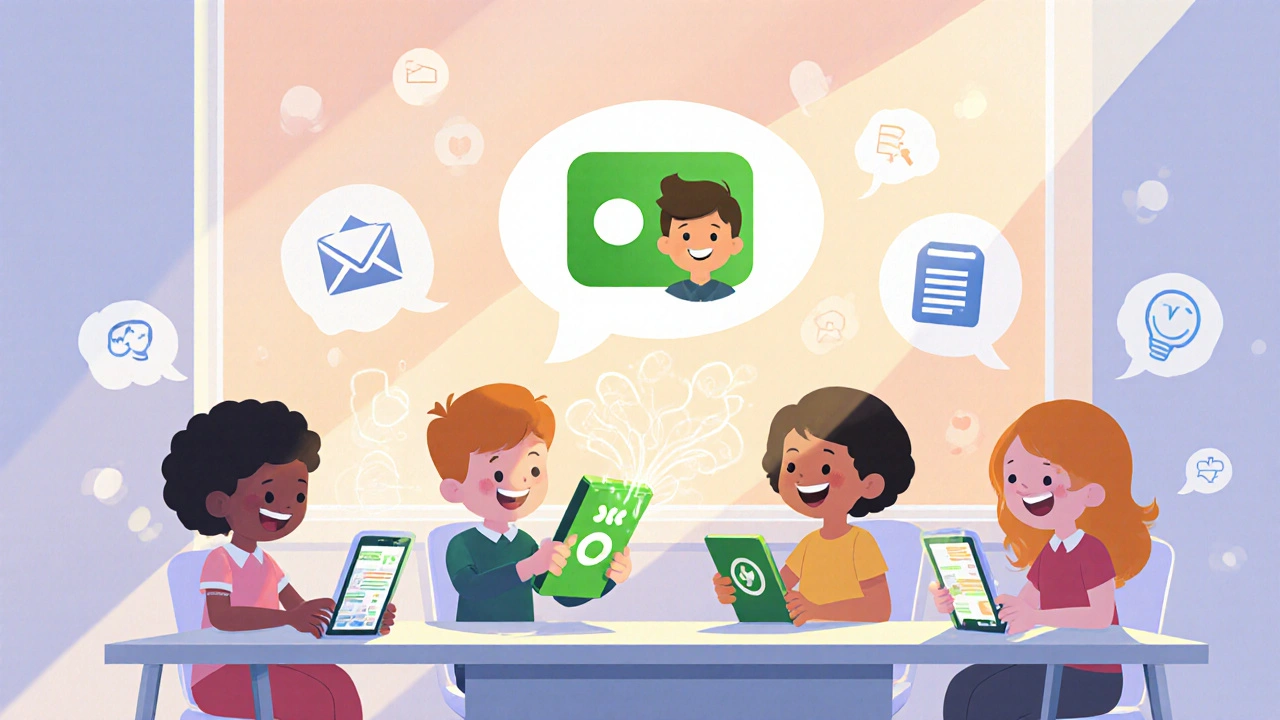Slack Calling: How VoIP Powers Team Communication Inside Slack
When you make a call inside Slack calling, a voice feature built on VoIP technology that lets teams talk directly within the Slack app without switching tools. Also known as Slack voice, it turns chat threads into live conversations using your internet connection instead of a phone line. This isn’t just a fancy add-on—it’s a full replacement for desk phones in many offices. Slack calling uses SIP and VoIP protocols behind the scenes, which means it works the same way as your business phone system, but without the hardware. You don’t need a headset to start, but you’ll want one if you’re on calls all day.
Slack calling doesn’t work alone. It relies on VoIP integration, the connection between Slack and a cloud-based phone system that handles audio routing, call quality, and security. Without this, you’re just sending voice messages. The best setups tie Slack to providers like RingCentral, Zoom Phone, or 8x8, letting you dial out, transfer calls, and record conversations—all from the same window where you check messages. This cuts down on app-switching, reduces missed calls, and keeps communication tied to projects. You can even use SIP in Slack, the underlying protocol that authenticates and routes your voice packets over the internet to connect legacy desk phones or ATAs, so your old handsets still work while you upgrade.
Most teams don’t realize how much they’re paying for phone service they don’t use. Slack calling cuts those costs because you’re using your existing internet. No more landline bills. No more expensive long-distance charges. And since it’s cloud-based, you can take your number anywhere—whether you’re working from home, traveling, or in the office. It also plays nice with call tagging and call volume forecasting tools, so you can track how often your team uses voice vs. text, and adjust staffing or training based on real data. If your team uses Slack for everything, why are you still juggling a separate phone system?
Some people think Slack calling is just for small teams. But companies with hundreds of employees use it daily because it scales. You can set up auto-attendants, route calls by department, and even integrate with CRM systems to pull up customer info before the call starts. It’s not magic—it’s smart VoIP design. And if you’ve ever struggled with echo, dropped calls, or low audio quality in Slack, that’s usually a network issue, not a Slack problem. The fixes? Better Wi-Fi, QoS settings, or switching codecs to 20ms packetization for smoother audio.
What you’ll find below are real guides on how to set up Slack calling without overpaying, how to fix common audio problems, how to secure your calls from SIP attacks, and how to connect it to your existing tools. Whether you’re a remote team leader, an IT admin, or just someone tired of switching between apps, these posts give you the exact steps—not theory. No fluff. Just what works.
